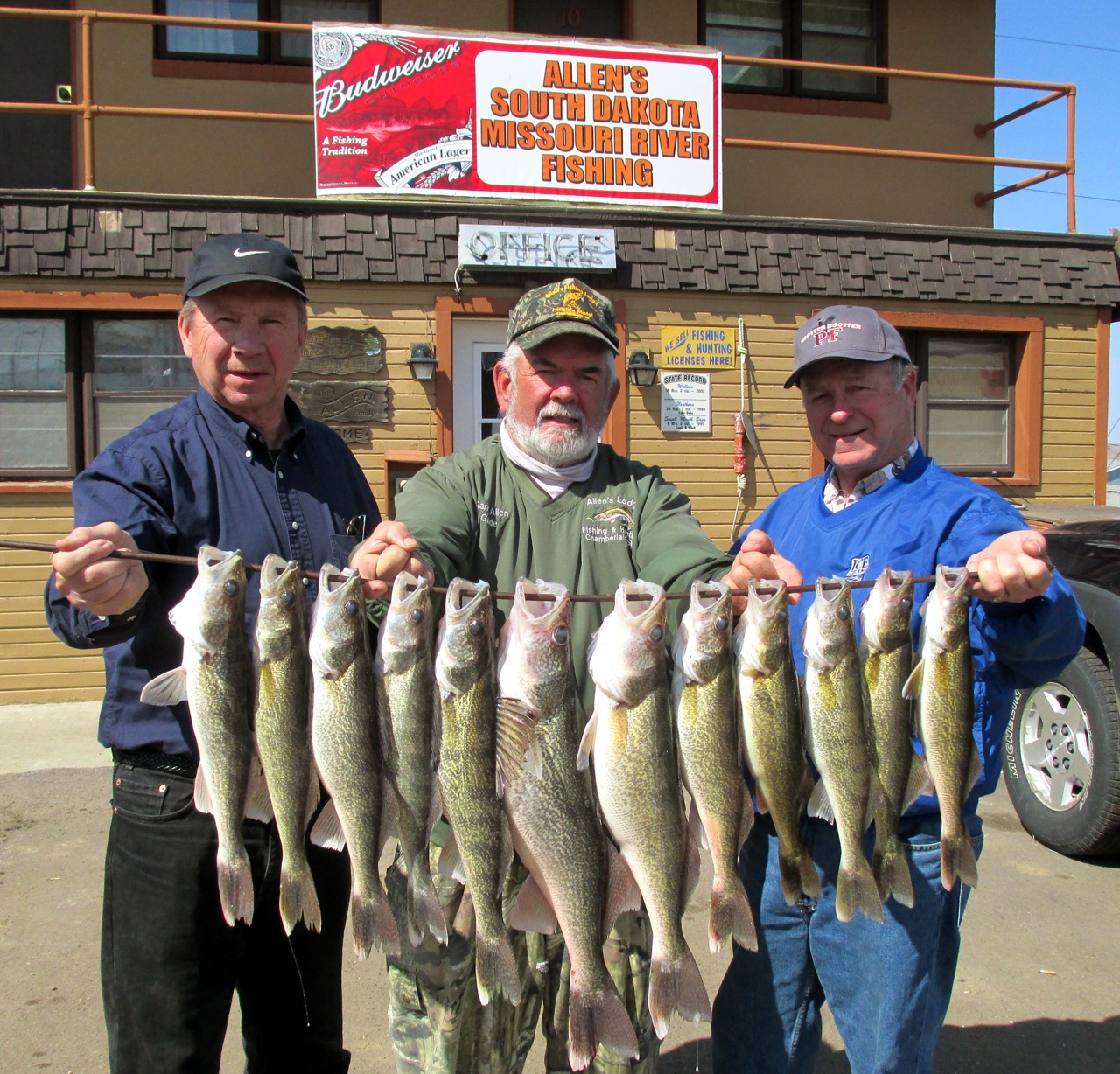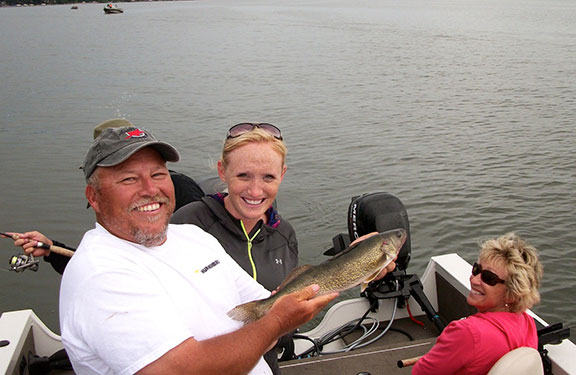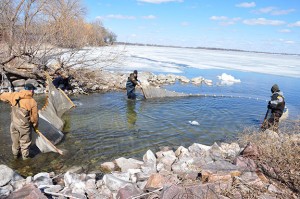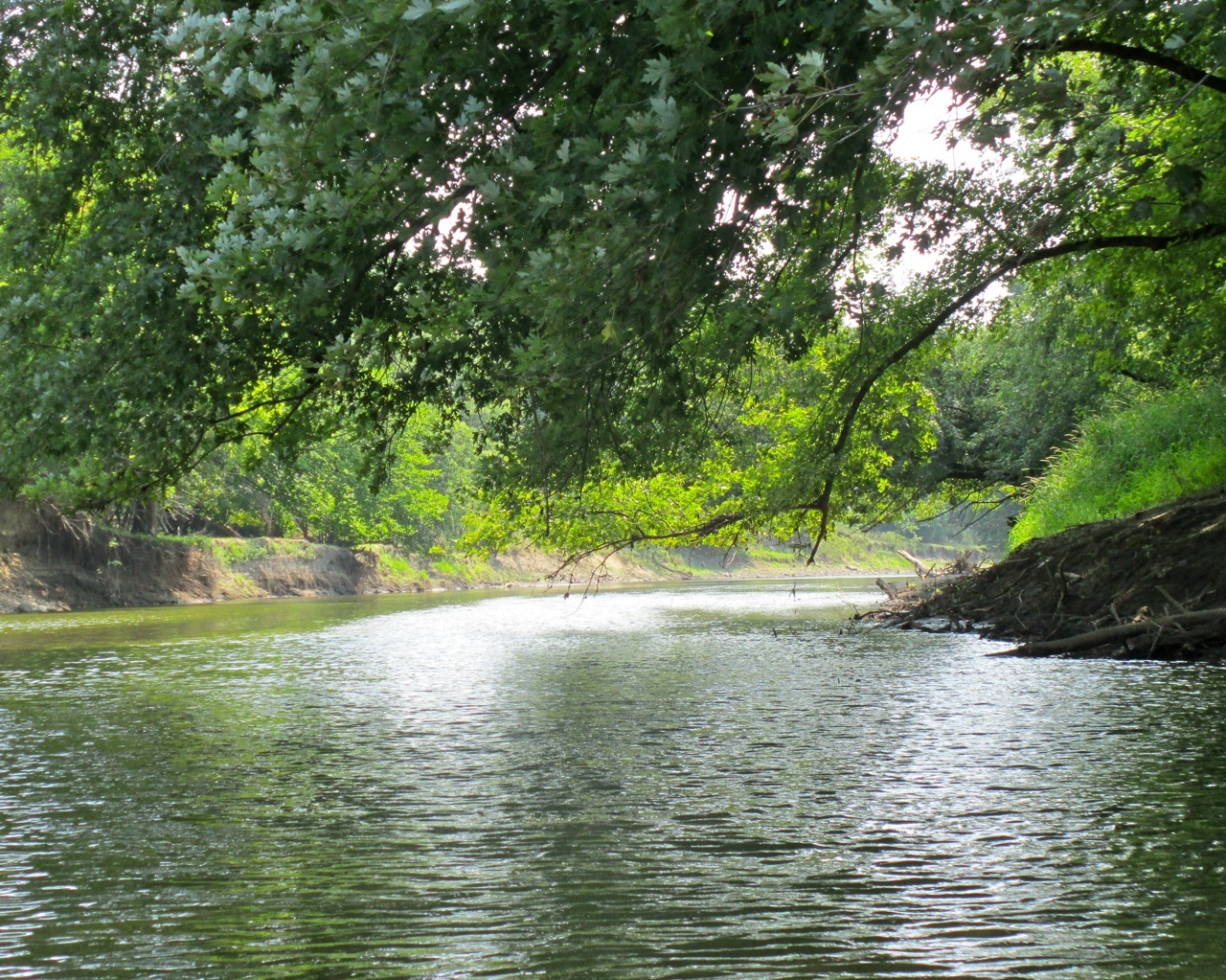By Steve Weisman
Outdoor Editor
What a difference a year can make. A year ago last March, we were basking in almost balmy conditions with highs running from the low 60s to upper 70s, and the lakes were open. Now we’re approaching mid-April and slowly, grudgingly, Mother Nature is letting go. The ice on the small ponds has disappeared and as I write this column, Big Spirit is nearly ice free.
Of course, with the ice leaving, we begin looking forward to the annual northern pike and walleye broodstock collection. Last year the netting process for the Spirit Lake Hatchery personnel was less than ideal. Although the season was still a success, consistent netting of big broodstock never materialized because of the early warm weather not matching up with the photo light period, which is so crucial for spawning walleyes. According to Mike Hawkins, fisheries biologist at the Spirit Lake Hatchery, this year’s later iceout should mean a much better netting process.
Northern Pike
Even though the walleye netting hasn’t begun, 309 northern pike were collected from the Buffalo Run and Hales Slough areas last week. “It really went pretty quickly,” notes Hawkins. In just a few days, we had all of the pike that we needed.” As a matter of fact as of Friday, April 5, all of the northern pike were returned to the lake.
Walleye year classes on Big Spirit
As mentioned earlier, everybody is looking for a better broodstock collection this year than that of last spring. DNR data shows the walleye population on Big Spirit continues to be excellent with growth rates and recruitment at all time highs since the 17-22 inch slot limit was instituted in 2007.
Hawkins says that the 2001-year class was a big year class that on average took six years to reach 14 inches. Now year classes are reaching 14 inches in 3-4 years. The 2007-year class was the system’s last big year class, but now Hawkins says there are back to back year classes coming.
“Both the 2010 and 2011 year classes have good numbers with the 2010 year class approaching 14 inches and the 2011 year class 12-13 inches. Anglers should have good numbers of harvest sized fish this year.”
Of course, much of this growth data comes from the tagging that occurs during the gillnetting process. The tagging helps biologists analyze population dynamics as the fish are caught and re-caught over the years.
This year’s additional challenge
Finding four juvenile zebra mussels last fall on East Okoboji and Upper Gar has totally changed the way the gillnetting process is now handled. “Although we have found no veligers yet and we do not know if there is a breeding population, finding the juvenile zebra mussels means we must take every precaution not to move mussels or their larval young to another lake.”
So, when the netting crews leave East Okoboji to head for Big Spirit, everything must be treated. “We will bleach all of our netting equipment, wash down the boats and trailers and flush the motors before we head to Big Spirit,” says Hawkins.
The DNR will set up monitoring stations in the Okoboji chain to check for other signs of zebra mussels. “The veligers cannot be seen with the naked eye,” notes Hawkins. “They are the size of plankton and can only be seen with a microscope.” Thus, they make perfect hitchhikers in unsuspecting boaters’ live wells, bilges and motors.
As Hawkins says, ”We try to lead by example and decontaminate everything before going down the road to another body of water.”
Listed below are reasons why there is so much concern:
- First off, zebra mussels cause issues because they filter water, up to a liter a day, to eat plankton. While this does clear up the water, what is left behind often leads to huge algae bloom that can be harmful to people and pets.
- The zebra mussel can change the entire fish eco-system.
- Zebra mussels adversely affect water system by clogging pipes, which, in turn, affects the water cannot flow.
- Zebra mussels can collect as a “colony” on any firm object. That includes anything from plant life to boats and motors, to hoists, to docks.
- Millions of dollars are spent yearly in infested waters to deal with the problems associated with zebra mussels.



















